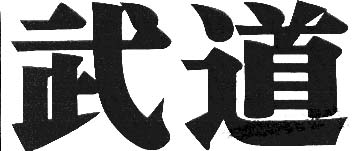Martial Art Theory 1.
Stance
Stance refer to lower body, the hips & the legs.Check width, angles, center of gravity.
Basically maintain shoulder width, 45', center of G in the middle.
Direction changes
One leg is the pivot leg(juku ashi).Straighten knee, pushing foot against the surface, it will create reaction. Use it to move hip and upper body with the other foot to slide forward.
The source of power.
Power is produced by rotation of the hips.Apply the principle of spring."The tighter the spring is wound, the greater will be the force when its released".
Hand techniques.
The elbow is strainghtened in order to punch, transmitting the power that
comes from rotating the hips to the shoulder, arm and fist.
Keep shoulders low, if rises, you are releasing power at that segment.
Foot Techniques.
The knee is straightened for kick and the power is applied in the direction in which knee is straightened.Lifting the leg high and bending the knee fully is the preparatory stage in the kicking.(Knee cap should come as high as the hip/chest).
Kick and withdrawal must be completed in one motion, to maintain balance.
Single form training.
Consist of systematiclly organized series of techniques performed in a set sequences. Based on the imagined existance of an opponent, it is performed along a fixed courses, this make the excercise easy to learn and mistakeen movements are immediatelly apparent. throuout the excercises attention must be paid to porper tensing and relaxing of the muscles, target, speed and rythm.
Pair form training.
Two participants face each other from afixed distance and take turns attacking and defending. In every case, the mode of attack and target are predetermined.The purpose of pair form training is to train begginers in the principle of applying techniques, distancing, timing and responding.



